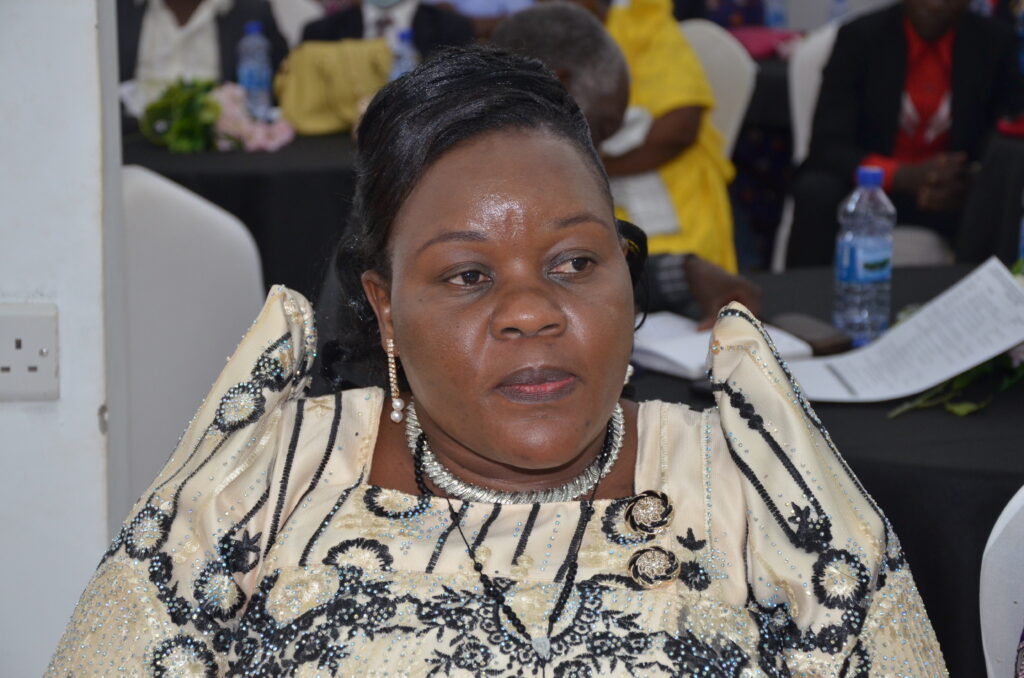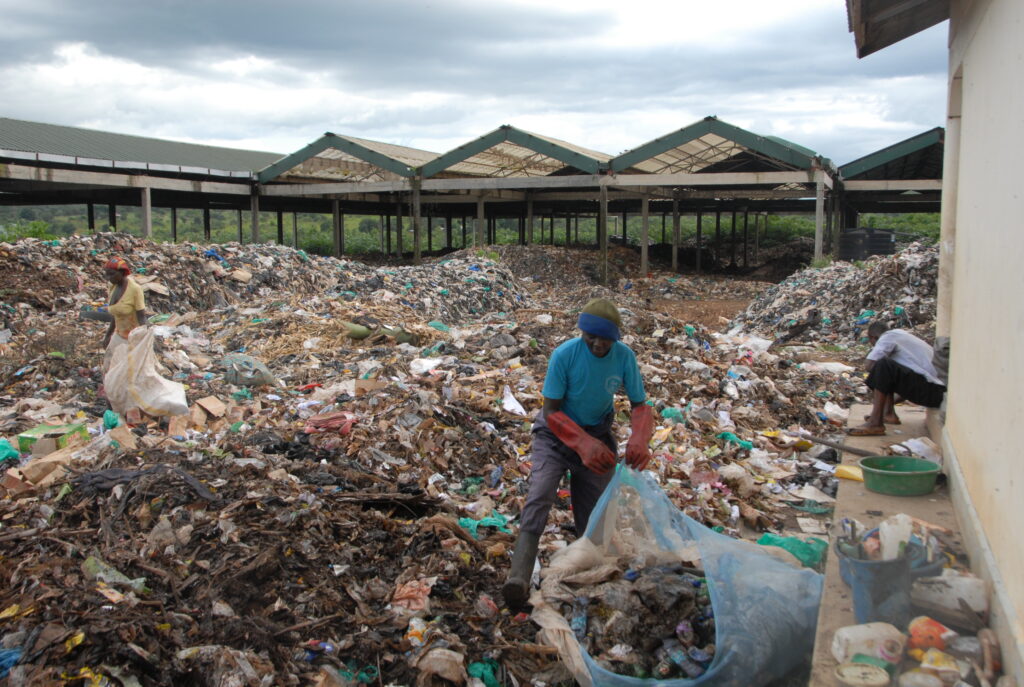On December 19, 2024, Hoima City Council passed a resolution to implement the “polluter pays” principle, which mandates that waste producers pay for the disposal of their waste at the dumpsite.
The resolution was approved during a council meeting held at Resort Hotel in Hoima City, presided over by its Speaker, Edward Isingoma.
Sylvia Nalumaga, the City Deputy Mayor, told The Albertine Journal on January 22, that since the resolution, the city has set specific fees for different categories of waste producers.
Residential homes and rental properties will pay sh2,000, supermarkets sh4,000, salons 2,000, and shops sh3,000.
Restaurants, clubs, bars, fuel stations, butcheries, pork joints, and pharmacies will pay sh4,000, while sports betting businesses and vehicle garages will be charged sh5,000 per week.
However, vendors, street sweepers, and central market operators will be excluded from these fees, with costs covered by the city council.
Nalumaga who also doubles as a female councilor for Hoima West Division, said some institutions, including hospitals, hostels, hotels, industries, schools, religious institutions, and cultural institutions, are still under discussion regarding their fees.

“The garbage collection issue had overwhelmed us. We faced challenges in collecting waste for free while local revenues were sent to the national consolidated account as we wait for it to be disbursed this created a vacuum. Waste piled up, causing frustration. That is when we realised we could make those who generate the waste pay,” Nalumaga said.
She said they plan to hire a private partner to handle waste collection, with the city council focusing on enforcement.
The “polluter pays” principle is when those who produce pollution bears the costs of managing it to prevent harm to human health and the environment.
Hoima’s efforts to implement this principle come as part of a broader strategy to address growing waste management issues amid rapid urban growth.
Hoima also has a compost plant, built in 2012 with funding from the World Bank through the National Environmental Management Authority (NEMA).
The sh2.5b plant, designed to turn garbage into affordable manure for farmers, has not performed as expected.
Despite being located on three acres of land just 3 kilometres from the city centre, the plant remains underutilised, lacking critical equipment and sufficient staffing.
The workers at the plant have previously reported issues such as a lack of protective gear and delayed salaries.
The facility lacks necessary resources like an oxygen meter, thermometers, water, power, and security, making it prone to wildfires and vandalism.
As a result, solid waste is often dumped at the aforesaid landfill and non-biodegradable plastic waste is not recycled or properly disposed of.
Residents are concerned about the contamination of local water sources due to leachate from the landfill, which is making the area increasingly uninhabitable.
The plant’s location, in an area not conducive to the use of manure, further complicates its operation.
Experts point to the plant’s underperformance as a result of insufficient understanding of its economic viability and a failure to effectively market its products to farmers.
Hoima, which became a city in 2019, has experienced significant growth as people flock to the area in search of opportunities in the oil and gas sector.
This has put increased pressure on the city’s waste management infrastructure. In 2016, Hoima’s waste generation rate was between 150 and 200 tonnes per day, with the East Division (the city’s central business district) being the largest contributor.
Major waste generators include the abattoir, daily markets, hotels, schools, factories, and restaurants.
At the household level, the average waste generation rate is 4.97 kilogram per day, with food waste accounting for 34.6%, plastic 26.8%, paper 23.9%, textiles 7.8%, glass 5.0%, and metal 1.7%.
As Hoima continues to grow and develop, the city is poised to account for 40% of Uganda’s Growth Domestic Product (GDP) due to its oil extraction-related boom.
However, the rapid expansion of proposed facilities like the East Africa Crude Oil Pipeline (EACOP), an oil refinery, petrochemical industries, and an international airport also raises concerns about increased greenhouse gas emissions.
Historically, Hoima has been a centre for the hides and skins trade, as well as exports of smoked fish, tobacco, and tea.
Hoima has a growing industrial base including sugarcane plantations, transport infrastructure, and sports and recreation facilities.
But with this growth comes the challenge of managing waste, which, if not properly handled, could lead to indiscriminate disposal and ongoing pollution.
Gloria Mugonzebwa, Coordinator of the Bunyoro Albertine Petroleum Network on Environmental Conservation (BAPENECO), has called on authorities not to politicise waste management programmes to ensure they meet their environmental objectives.
The global carbon emissions issue is compounded by Hoima’s reliance on petrol-powered trucks to transport waste. In addition, the waste at Kibati is burned to create space in the landfill.
According to the Global Methane Initiative, solid waste emissions made up 11% of global emissions in 2020.
Methane, a potent greenhouse gas 84 times more powerful than carbon dioxide over a 20-year period, is released as waste decomposes anaerobically in landfills. This has significant implications for global warming.
Environmentalist Michael Businge acknowledges that reducing waste can have a meaningful impact on emissions but cautions that it won’t eliminate all carbon emissions. Instead, it will help create a more emission-neutral environment and prevent further damage.


